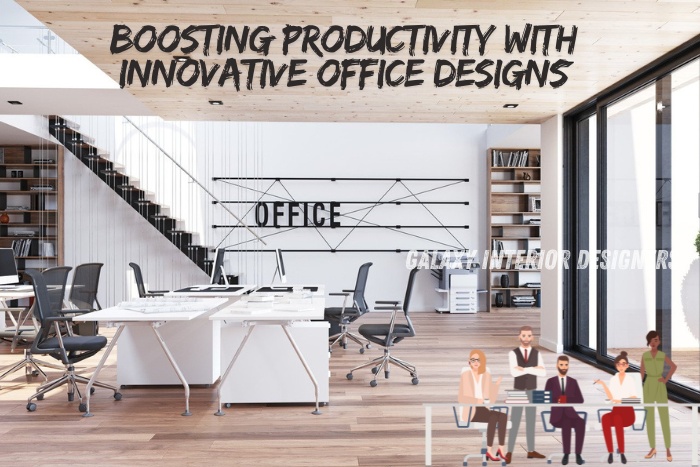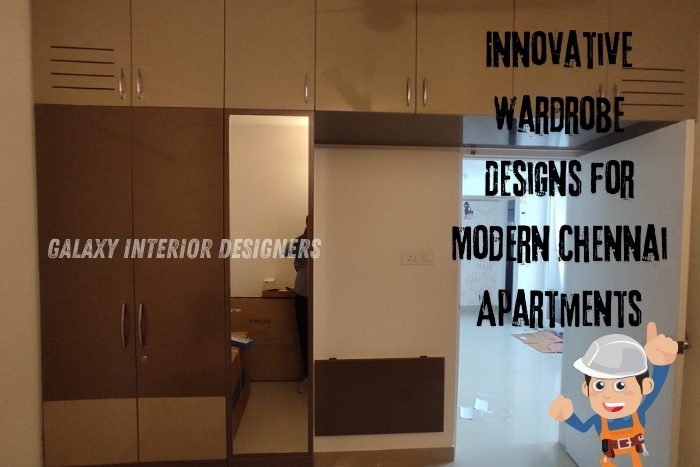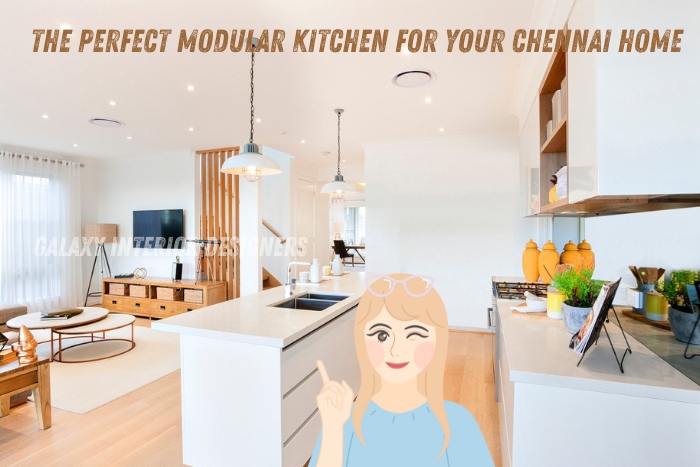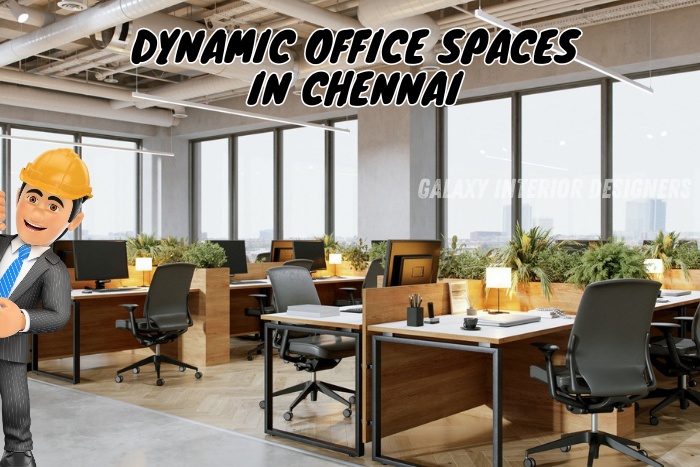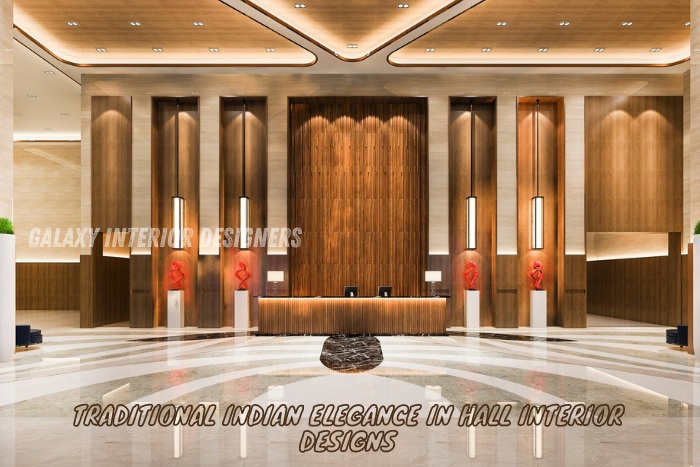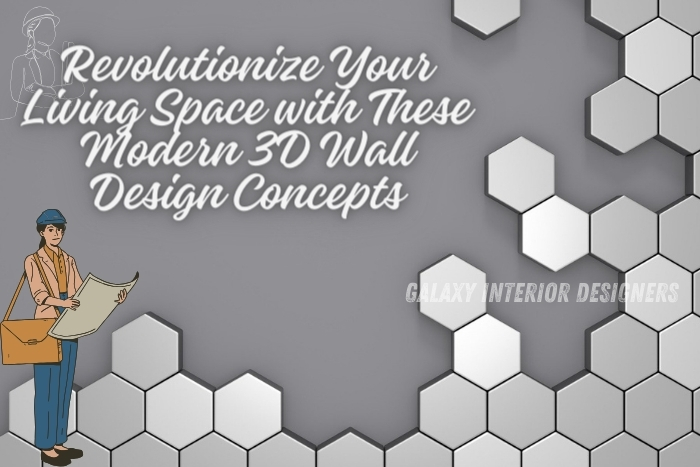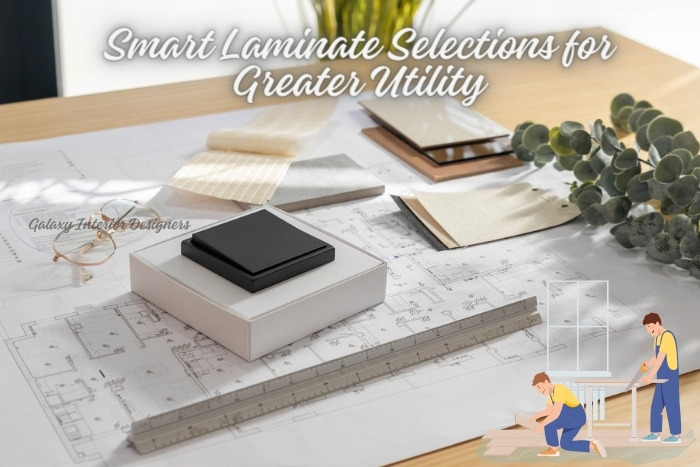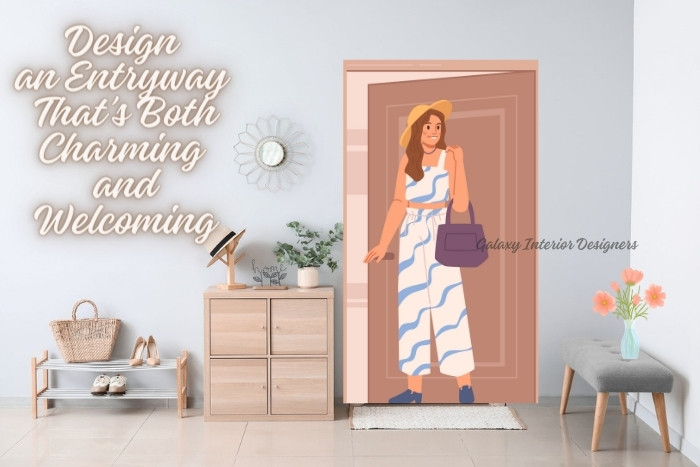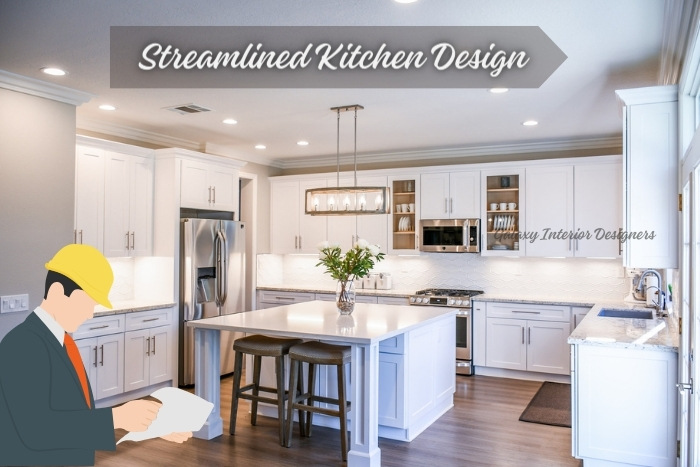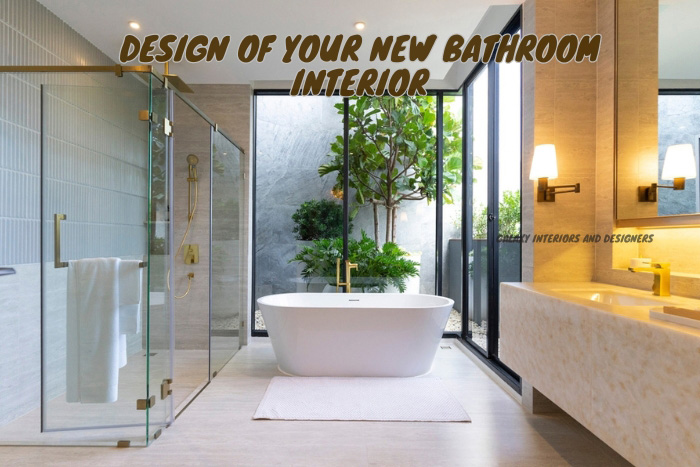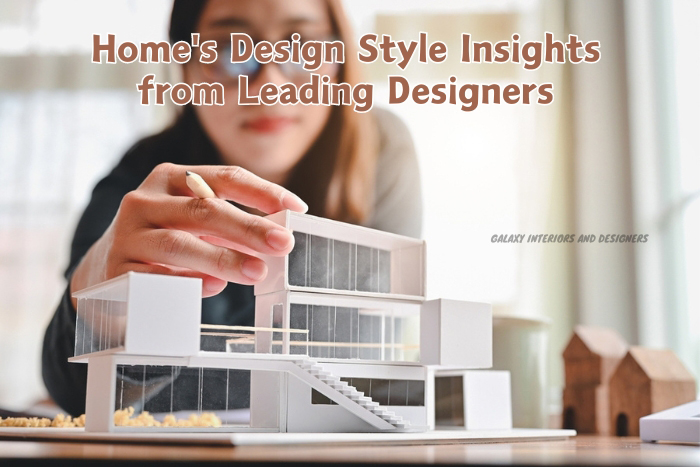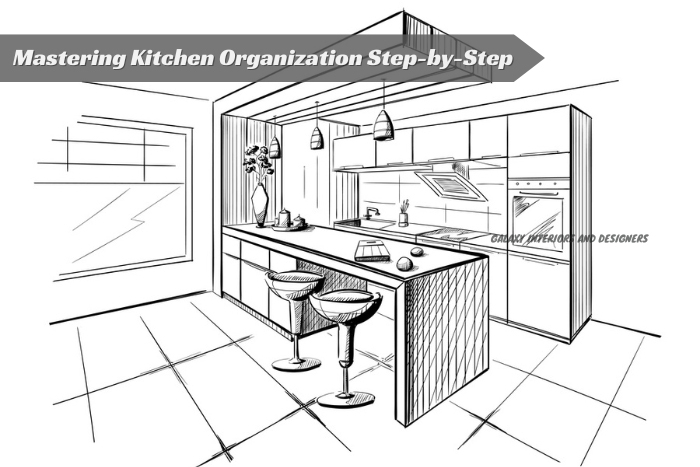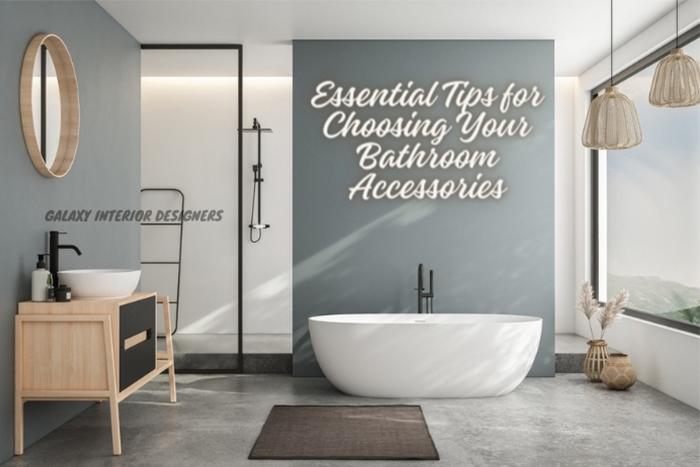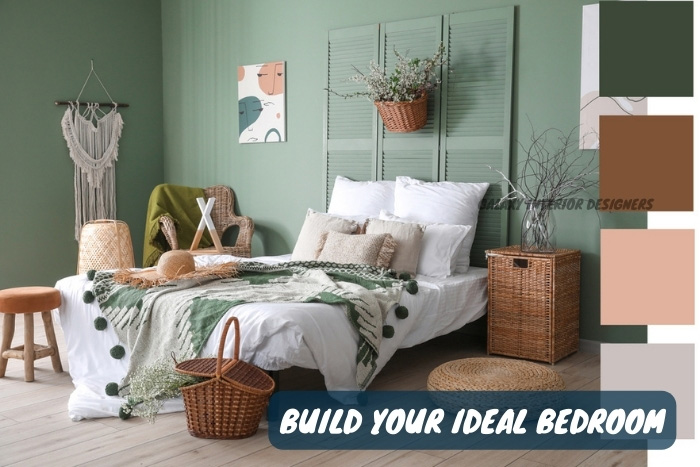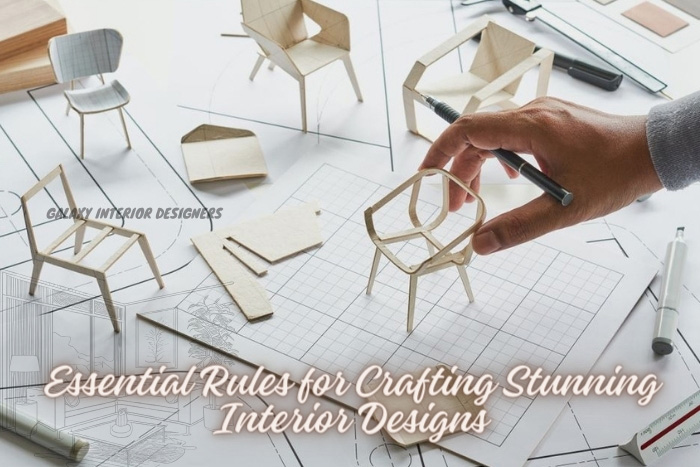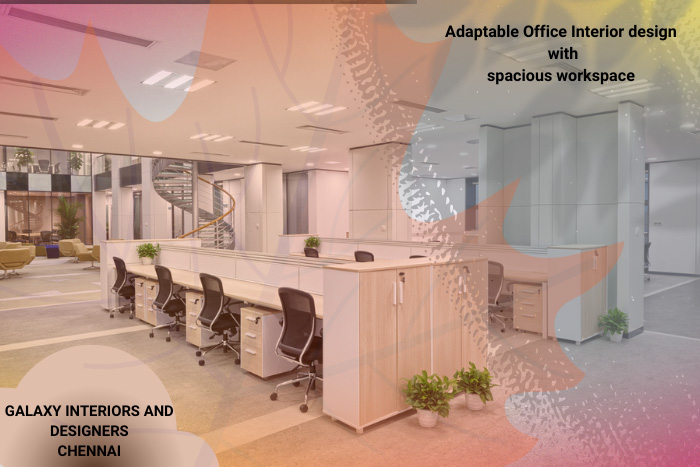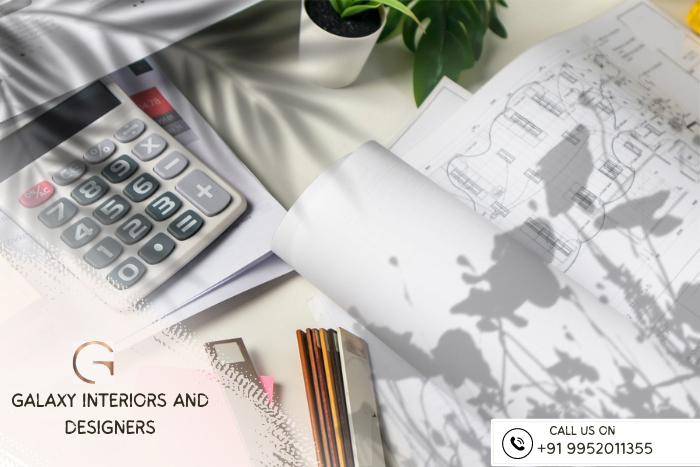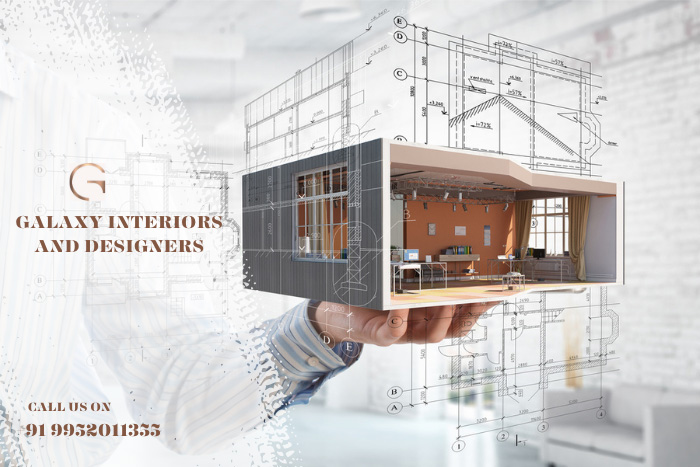Hi there, Chennai! Do you want to redesign your workspace to increase output and provide a more pleasurable environment in which to work? You’ve arrived at the ideal location. At Galaxy Interior Designers, we specialize in designing aesthetically pleasing and incredibly effective office spaces. Let’s explore some creative office design concepts that can improve your work environment and foster team success.
Understanding the Importance of Office Design
Before we jump into the specifics, let’s talk about why office design matters. A well-designed office can significantly impact employee productivity, creativity, and overall well-being. Here are a few reasons why investing in innovative office design is a smart move.
- Enhanced Productivity: A thoughtfully designed office can minimize distractions, streamline workflows, and create an environment conducive to focused work.
- Employee Well-being: Comfortable and aesthetically pleasing workspaces can reduce stress and improve employee satisfaction.
- Attracting Talent: A modern, stylish office can be a great selling point when attracting top talent to your company.
- Reflecting Company Culture: Your office design can communicate your brand’s values and culture to both employees and clients.
1.Open Floor Plans
Open floor plans are a popular choice for modern offices. They encourage collaboration and communication among team members. Here’s how to make the most of an open floor plan.
a. Flexible Workstations
Create flexible workstations that employees can easily reconfigure. Use modular furniture that can be moved and adjusted as needed. This flexibility allows teams to work together on projects or find a quiet corner for focused tasks.
b. Breakout Spaces
Provide areas for employees to congregate informally, take breaks, and exchange ideas. These areas have to have cozy furnishings, appealing seats, and a laid-back vibe.
c. Acoustic Solutions
Noise is one of the drawbacks of open floor patterns. Invest in acoustic solutions to lower noise levels and create a more tranquil space, such as carpets, ceiling tiles, and sound-absorbing panels.
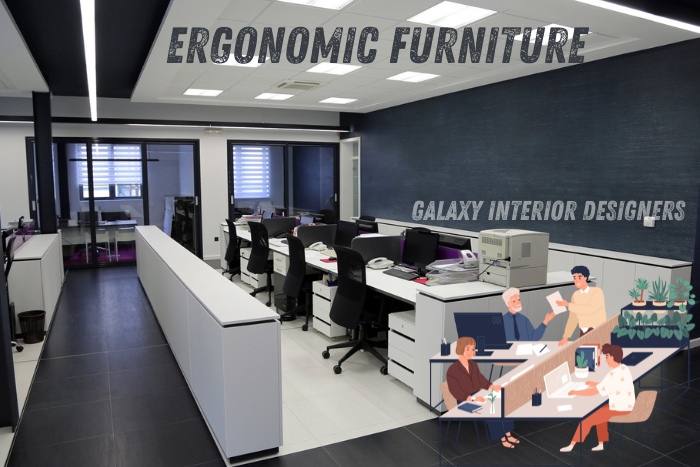
Ergonomic Furniture
Ergonomic furniture is essential for employee comfort and health. Poor ergonomics can lead to discomfort, fatigue, and even long-term health issues. Here’s what to consider when choosing ergonomic furniture:
a. Adjustable Desks
With height-adjustable workstations, workers can alternate between standing and sitting at different times of the day. This can enhance general comfort and lower the chance of musculoskeletal issues.
b. Ergonomic Chairs
Invest in ergonomic chairs that provide proper support for the back, neck, and arms. Look for chairs with adjustable height, lumbar support, and armrests.
c. Monitor Stands and Keyboard Trays
Use monitor stands and keyboard trays to ensure that screens and keyboards are at the correct height. This can help reduce eye strain and promote good posture.
Natural Light and Biophilic Design
Natural light and biophilic design elements can have a positive impact on employee well-being and productivity. Here’s how to incorporate these elements into your office design.
a. Maximize Natural Light
Arrange workstations near windows to take advantage of natural light. Use sheer curtains or blinds to control glare without blocking the light completely.
b. Indoor Plants
Include indoor plants to infuse the office with a little bit of nature. Plants may make a space feel cozier, lower stress levels, and enhance air quality.
c. Natural Materials
Use natural materials like wood, stone, and bamboo in your office decor. These materials can create a warm and inviting atmosphere that feels more connected to nature.
Technology Integration
In today’s digital age, integrating technology into your office design is crucial. Here’s how to create a tech-friendly workspace.
a. Smart Meeting Rooms
Equip meeting rooms with smart technology like interactive whiteboards, video conferencing systems, and wireless presentation tools. This can make meetings more efficient and collaborative.
b. Charging Stations
Provide plenty of charging stations for laptops, smartphones, and other devices. This ensures that employees can stay connected and productive throughout the day.
c. High-Speed Internet
Ensure that your office has high-speed internet access. Slow internet can be a major productivity killer, so invest in a reliable network infrastructure.
Collaborative Spaces
Creating spaces that encourage collaboration is key to fostering creativity and innovation. Here’s how to design collaborative spaces in your office.
a. Huddle Rooms
Huddle rooms are small, private spaces where employees can have quick meetings or work on group projects. These rooms should be equipped with comfortable seating, whiteboards, and AV equipment.
b. Open Collaboration Areas
Design open collaboration areas with comfortable seating and large tables where teams can gather to brainstorm and work together. These areas should be easily accessible and inviting.
c. Communal Worktables
Communal worktables encourage spontaneous interactions and collaborations. Place these tables in central locations where employees from different departments can come together and share ideas.
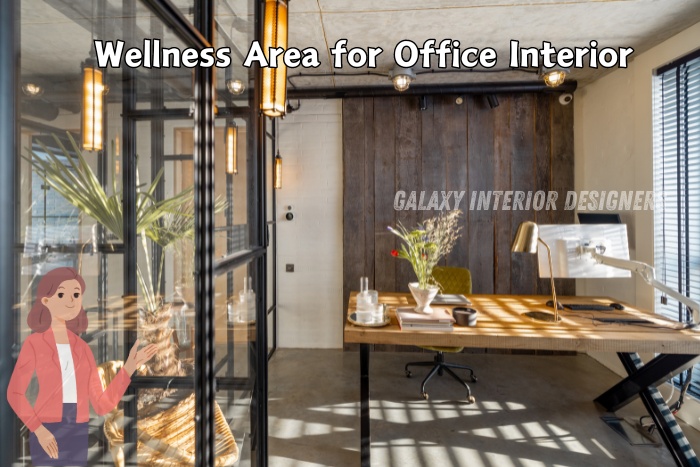
Personalization and Flexibility
Allowing employees to personalize their workspaces and offering flexible work options can boost morale and productivity. Here’s how to incorporate personalization and flexibility into your office design.
a. Personal Workstations
Permit workers to add pictures, plants, and other mementos to their workstations as personal touches. This can boost their sense of satisfaction and ownership and make their workstation feel more like their own.
b. Flexible Work Hours
Consider offering flexible work hours or remote work options. This can help employees achieve a better work-life balance and reduce stress.
c. Hot Desking
Implement hot desking, where employees can choose their workspace each day. This can encourage interaction between different teams and make the office feel more dynamic.
Wellness Areas
Creating wellness areas in your office can promote employee health and well-being. Here’s how to design these spaces.
a. Relaxation Zones
Design relaxation zones where employees can take breaks and recharge. These areas should have comfortable seating, calming decor, and maybe even some relaxation aids like books or meditation guides.
b. Fitness Facilities
If space allows, consider adding fitness facilities like a gym or yoga room. Encouraging physical activity can improve overall health and reduce stress.
c. Healthy Snacks
Provide healthy snack options in the office kitchen or break room. Stock up on fruits, nuts, and other nutritious options to promote healthy eating habits.
Sustainable Design
Sustainability is becoming increasingly important in office design. Here’s how to create a more eco-friendly workspace.
a. Energy-Efficient Lighting
Use energy-efficient lighting solutions like LED bulbs and motion sensors to reduce energy consumption.
b. Recycled Materials
Incorporate recycled materials into your office design. This can include furniture made from reclaimed wood or flooring made from recycled materials.
c. Waste Reduction
Implement waste reduction strategies like recycling programs and composting. Encourage employees to reduce waste by providing reusable kitchenware and promoting paperless practices.
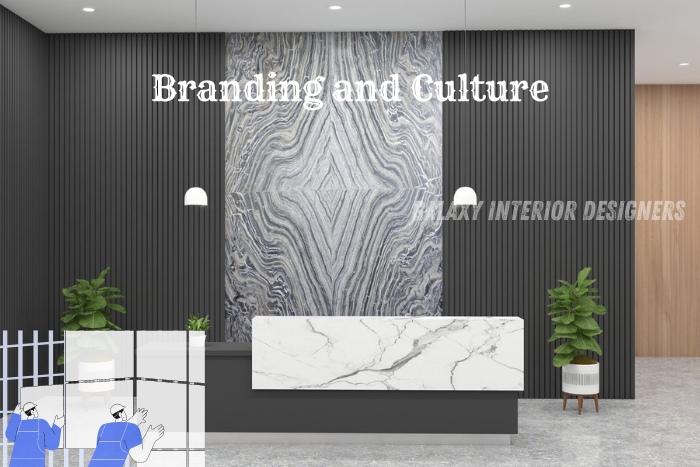
Branding and Culture
Your office design should reflect your company’s brand and culture. Here’s how to incorporate branding and culture into your workspace.
a. Brand Colors and Logos
Use your brand colors and logos in the office decor. This can include wall colors, furniture, and signage.
b. Mission and Values
Display your company’s mission and values prominently in the office. This can be done through wall art, posters, or digital displays.
c. Culture Spaces
Create spaces that reflect your company culture. This could include a game room, a coffee lounge, or a creative brainstorming area.
Employee Feedback and Involvement
Involving employees in the office design process can lead to a more functional and enjoyable workspace. Here’s how to gather and incorporate employee feedback.
a. Surveys and Polls
Conduct surveys and polls to gather employee feedback on office design preferences and needs. This can help you understand what’s important to your team.
b. Design Committees
Create design committees with representatives from different departments. This can ensure that the office design meets the needs of all employees.
c. Regular Updates
Keep employees informed about design changes and updates. This can help build excitement and ensure a smooth transition to the new office design.
Conclusion
Boosting productivity with innovative office designs is all about creating a workspace that meets the needs of your employees while reflecting your company’s values and culture. From open floor plans and ergonomic furniture to natural light and smart technology, there are many ways to create an office environment that helps your team thrive. At Galaxy Interior Designers, we’re here to help you bring these ideas to life in your Chennai office. Let’s create a space that inspires creativity, collaboration, and productivity!

